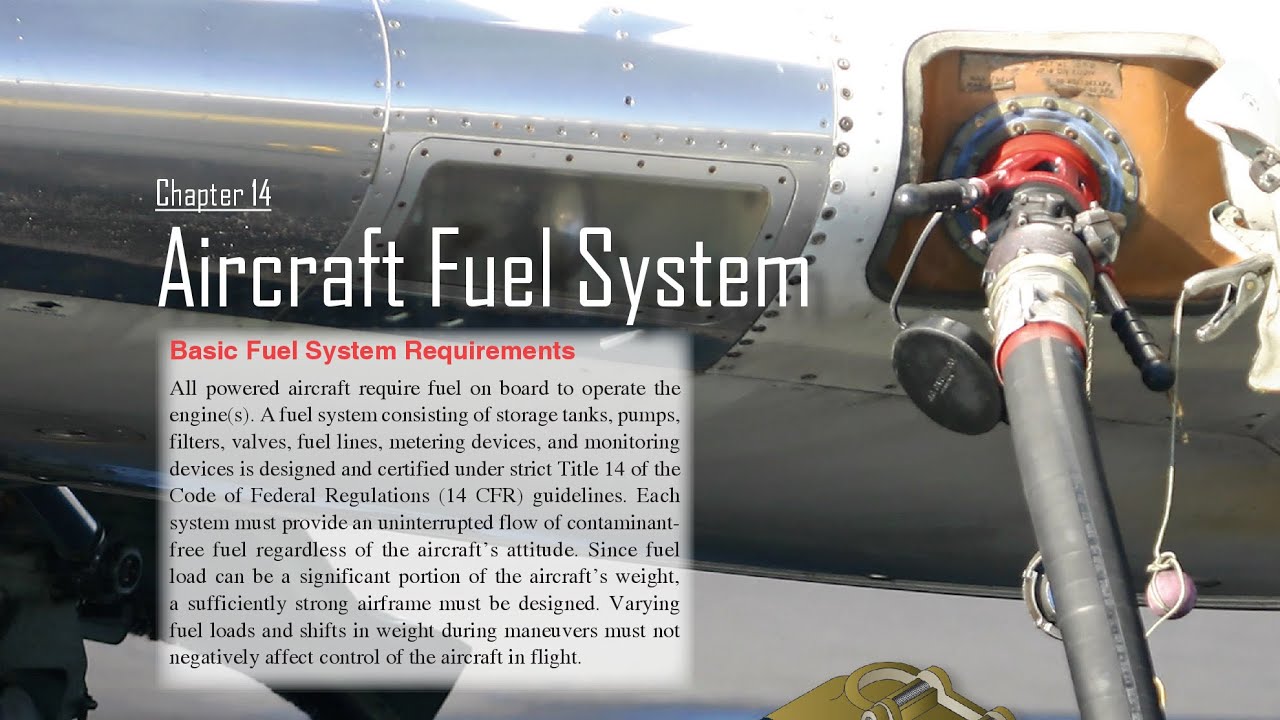Fuel system maintenance is a critical yet often overlooked aspect of vehicle upkeep. Many automobile enthusiasts and everyday drivers alike tend to underestimate the significance of a clean fuel tank. An efficiently functioning fuel system is essential not only for the engine’s performance but also for prolonging the lifespan of the vehicle. Let’s delve into the nitty-gritty of cleaning out a fuel tank, addressing common observations and exploring deeper reasons for our fascination with this process.
The fuel tank is the heart of a vehicle’s fuel system, acting as the reservoir for the lifeblood that powers the engine. Over time, however, various contaminants can accumulate in this seemingly innocuous container. Commonly, these contaminants include sediment, rust, and even water, all of which can wreak havoc on an engine’s efficiency. Thus, regular cleaning is paramount.
Before embarking on the cleaning process, it’s prudent to gather the necessary tools and materials. You will need safety gloves, goggles, a siphoning kit, a suitable container for the fuel, a cleaning solvent, and possibly a bore scope for an in-depth inspection. Ensuring adequate ventilation and working in a safe environment is also crucial due to the volatile nature of fuel and fumes that may be emitted.
Once you have everything in place, the first step is to safely drain the fuel tank. This process can seem daunting, particularly when considering the flammable nature of gasoline. Employ a siphoning kit to extract the fuel from the tank, transferring it to a suitable storage container. Always ensure that you are adhering to local regulations regarding fuel disposal. The fuel extracted from the tank can be reused if it appears clean, but one should always perform a visible inspection before making that judgment.
After the fuel is removed, the next step involves detaching the fuel tank from the vehicle. This generally requires a set of standard tools such as wrenches and screwdrivers. Referencing your vehicle’s manual can provide insight into the specific steps required for your model. Once you’ve detached the tank, an immediate inspection is essential. Look for any signs of physical damage, such as dents or leaks, as these could contribute to future complications.
Now comes the tedious yet essential cleaning phase. Begin by adding a compatible cleaning solvent into the tank. This solvent acts as a degreaser and can help to dislodge stubborn contaminants that have settled within. Swirl it around gently, allowing it to coat the interior surfaces. One could also use small, non-abrasive objects, like screws or marbles, to help scrub the sides as they are shaken within the tank. However, caution is paramount here, as overly abrasive materials could scratch the tank’s interior, potentially leading to further issues.
Once you feel confident that you have performed a thorough clean, it’s time for rinsing. Use clean, fresh water to flush out the solvent along with any loosened debris. It’s crucial to ensure that all cleaning solvents are completely rinsed away, as any residual chemicals can lead to fuel contamination later on. The use of a bore scope can be advantageous at this point. This sophisticated tool allows you to inspect the tank’s interior for any remaining gunk or buildup that wasn’t visible to the naked eye. If residues persist, repeat the cleaning process until the tank is sparkling.
After the tank is cleaned and rinsed, it’s time to dry it out completely. Leaving even a small amount of water or moisture in the tank can lead to rust formation. A compressed air line can be beneficial here, as it blows out any remaining moisture. Thorough drying ensures a pristine environment for the fuel that will be stored inside.
Reinstallation of the fuel tank is the next step. Make sure to check all connections and fittings, as improperly secured components can become a source of leaks, leading to more significant issues down the road. After securely positioning the tank, reattach it to the vehicle, ensuring that everything is firmly fastened and locked in place.
Once the tank is reinstalled, refill it with fresh fuel. Before starting the engine, it’s wise to check for any leaks and ensure that the fuel lines are properly connected. Start the vehicle and listen for any unusual sounds from the fuel pump or engine. A smooth operation indicates that the cleaning process has been successful.
While cleaning out a fuel tank may seem laborious, the positive impacts on vehicle performance can be profound. Not only does it enhance fuel efficiency, but it can also lead to increased power output and smoother engine operation. Many people find themselves fascinated with the intricacies of fuel systems. The relationship between fuel, engine components, and overall performance is a captivating aspect of automotive engineering.
Moreover, the act of performing maintenance fosters a deeper connection between the owner and their vehicle. It cultivates a sense of pride and accomplishment, knowing you’ve taken the initiative to ensure your vehicle continues to run efficiently. By understanding and engaging with the inner workings of the fuel system, individuals are empowered, reinforcing a relationship that transcends mere transportation.
In conclusion, fuel system maintenance is not just about practicality; it’s about nurturing a profound appreciation for machinery that powers our daily lives. Cleaning out the fuel tank, while often overlooked, is a significant step in maintaining vehicular health and longevity. So the next time you find yourself gazing down at your vehicle, consider the myriad of fascinating processes at play beneath the surface, starting with that ubiquitous fuel tank.
